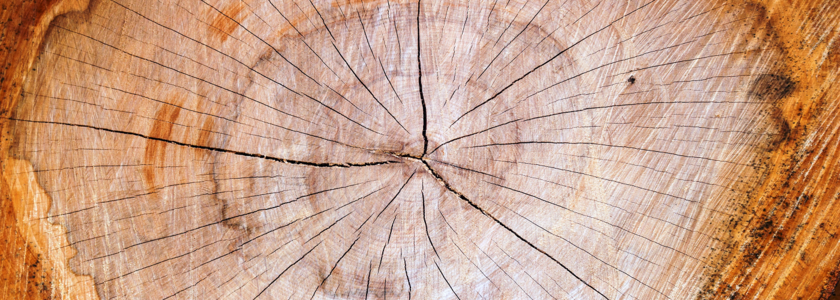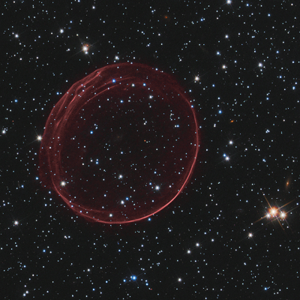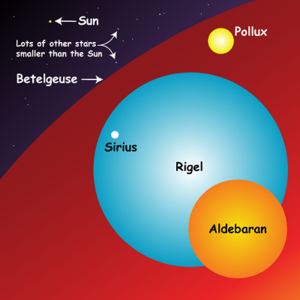

Written in the Rings
In a previous article, the possible link between gamma-ray bursts (GRBs) and Earth mass extinction events was presented as one of the scientific theories gaining traction for the cause of the late Devonian extinction, 359 million years ago. Another study by Dr. Robert Brakenridge of the University of Colorado Boulder has offered a tantalizing new clue to more recent gamma-ray releasing supernovas embedded within tree rings.
As trees grow they, they take in carbon dioxide from the atmosphere during the process of photosynthesis. Trace amounts of this carbon is the radiocarbon isotope, carbon-14. This isotope is formed when the steady, weak stream of cosmic rays bombards Earth on a constant basis. This is represented by a nearly constant level of carbon-14 in tree rings.
However, from time-to-time, there are notable spikes in the level of carbon-14 in just one, or a couple, of yearly tree rings. According to Dr. Brakenridge, these brief spikes can only have two explanations, both of which come from beyond Earth: solar flares and supernovas. Comparing the dates for known supernova events, Brakenridge has identified corresponding spikes in carbon-14 levels in tree rings for all of the eight closest events to Earth over the past 40,000 years. This would tend to support supernovas as the cause for the spike in carbon-14 due to the increase in gamma radiation reaching Earth.
Before historical observations, which only extend back around 2,000 years, astronomers have to rely on more imprecise dating estimates of supernovas, such as observing the expansion rate of the leftover supernova remnant material. This technique has an error as much as 1,500 years. Thus, even though the more precise tree ring date and apparent age of the supernova that caused the spike may overlap, the more imprecise dating of supernova events still prevents a solid, scientific, smoking gun conclusion.
Recently, astronomers have noted fluctuations in the red giant star Betelgeuse, which may indicate it is nearing collapse into a supernova. If Betelgeuse were to form a supernova, it would be far closer to Earth than any of the supernovas in this latest study, which examined the past 40,000 years.








